When you think Oklahoma sports, you probably think football. Or maybe basketball. Or baseball … or softball, or soccer, or BMX, or kayaking. The point here? Oklahoma has a hand in so many semi-pro and pro sports, which not only enhance state pride, but boost our bottom line, too.
In this year’s sports feature, we examine the unique foothold Oklahoma has in the sporting industry. We talk to some state-based teams about their inner workings, how athletes remain healthy during their rigorous workout schedules, and just how much money is infused into our economy thanks to these efforts.
The Rise of Unique Pro Sports
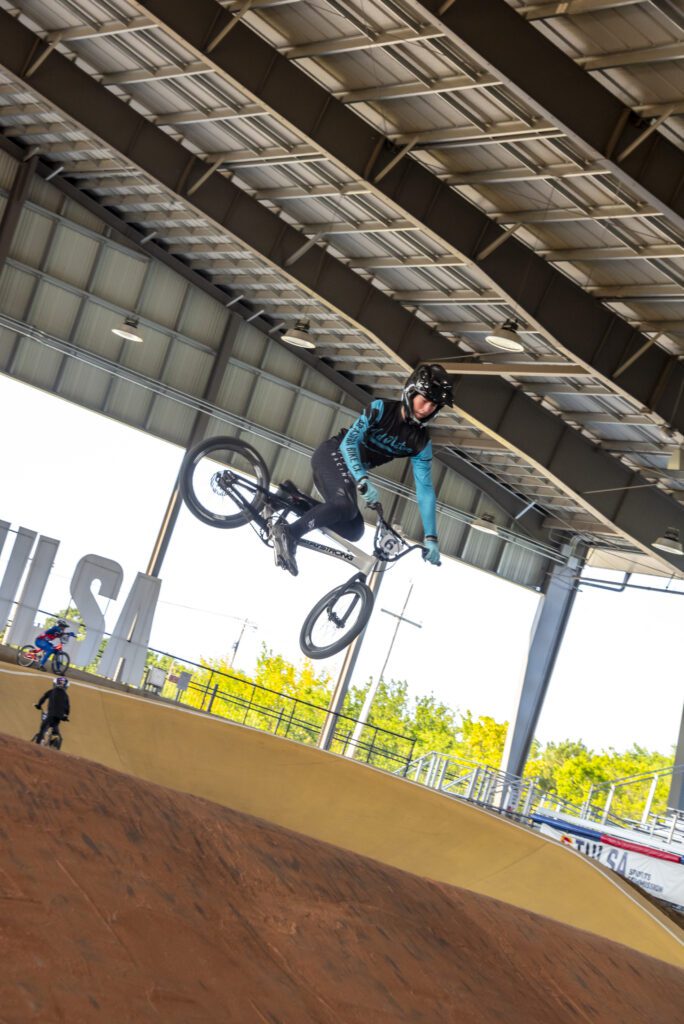
Oklahoma sports fanatics love the classics – football, basketball, baseball. And for good reason: we’re great at them. But we’ve also carved out footholds in some niche and unique professional sports outside of the traditional box, thanks in part to the establishment of Olympic training sites and regional and national sports facilities. Add onto that the world-class equestrians who live and work in Oklahoma and it’s safe to say the Sooner State is a pro sports hot spot.
Opened in February 2022, the USA BMX National Headquarters and Hall of Fame Museum stands watch over downtown Tulsa. Track operator Jacob Nelson says everyone – from toddlers to octogenarians to Olympic athletes – can be found at the Hardesty National BMX Stadium.
“We see all skill levels, as long as you can ride a bike,” he says. “We’re open to the public Thursdays and Saturdays and offer weekly clinics on Tuesdays. Usually, riders will try us out first before joining in on a clinic. We also offer the BMX Race League. Olympians are made at the BMX facility, with the U.S. Olympic team training in one of the top training facilities and tracks in the country – if not the world.”
It doesn’t require intense athletic prowess to have fun on a bike, and the facility is family friendly, with summer camps and school programming. In the fall, racing sessions ramp up.
“It’s a great way for brand new riders to get coaching and training on the level they’re at,” says Nelson, “We just ask that you can ride a bike, and we will teach the skills to get you around the track.”
About 8,000 racers participated in events just last year, Nelson says, “and that is just local. We also hosted races including the Gold Cup Championships, Legacy National races, international World Cup qualifiers with riders from 30 countries, to name a few. There are also thousands of visitors for each event.”
Another major sporting niche Oklahoma harbors is in water-based competitions. The Boathouse District in downtown Oklahoma City is home to Riversport OKC, a unique outdoor destination unlike any other water-sports facility in an urban setting nationwide. There, novices, pros and those in between can find opportunities for rapids riding, paddle sports, canoeing, kayaking, zip-lining, climbing, surfing and more. It’s also an official U.S. Olympic and Paralympic Training Site and features the OKC National High-Performance Center, a premier water-sports facility.
“We became a Paralympic training site in 2009 after successfully hosting Olympic trials,” says Mike Knopp, Riversport’s executive director. “This is an inspiration for people who come to use our facilities and programs, including families doing various water activities. It adds authenticity to the experience – to be where the very best at canoeing and kayaking training occurs, including Team USA before competing in Paris.”
Knopp mentions that their programming, headquartered at the Devon boathouse, began with a focus point on rowing, “but then included canoe and kayak sprints,” he says. “We have, for example, world class sprint kayaker Gus Cook training here and competing at an international level on the national team, and we host national training camps.”
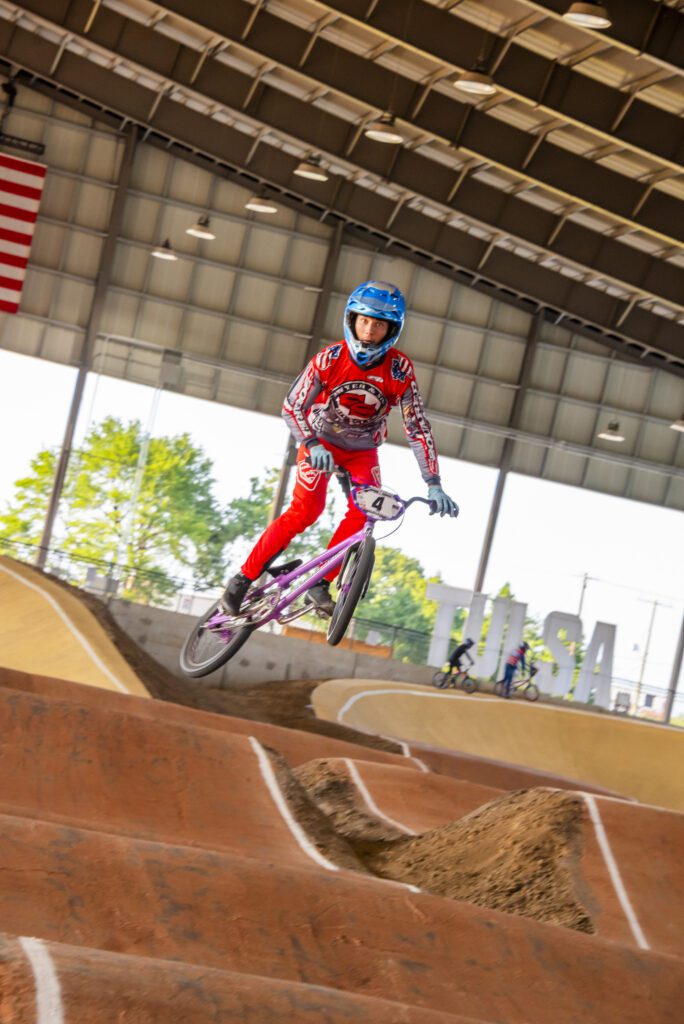

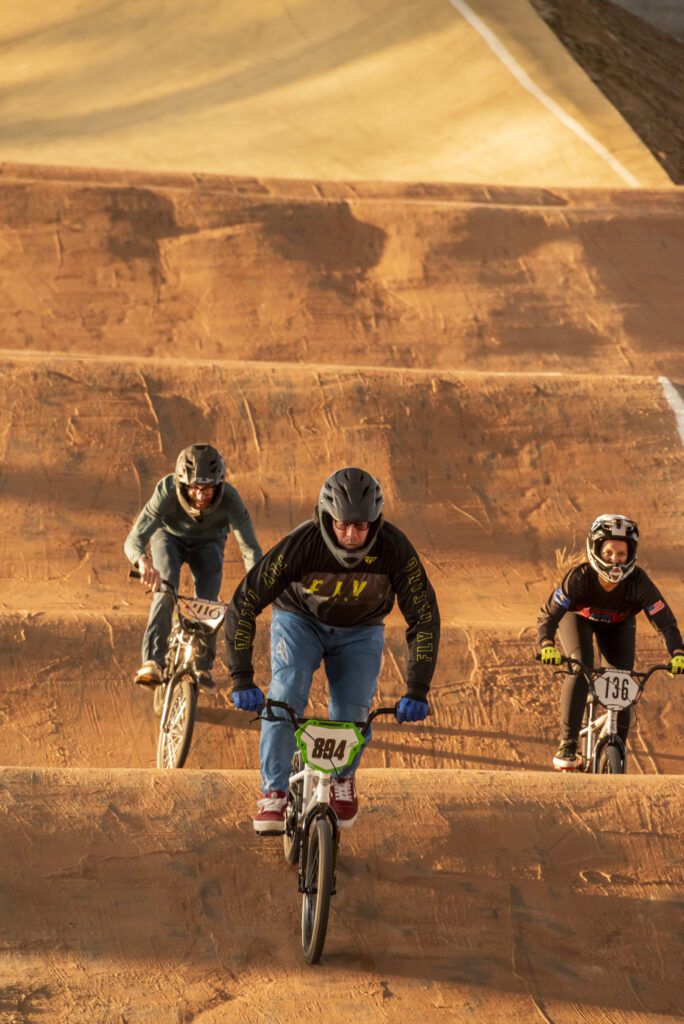
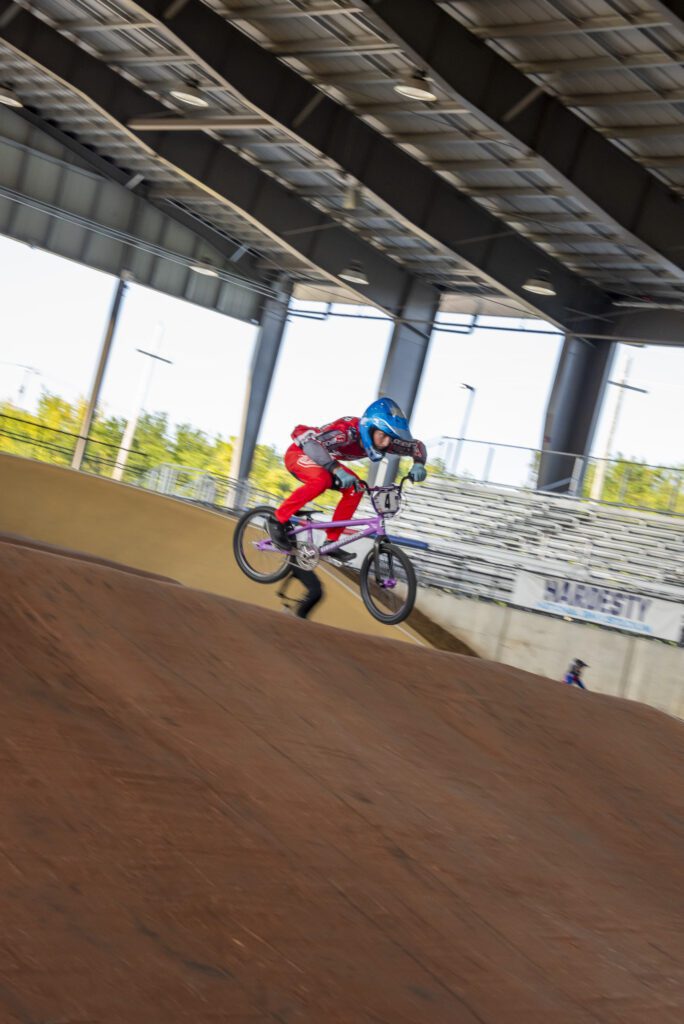
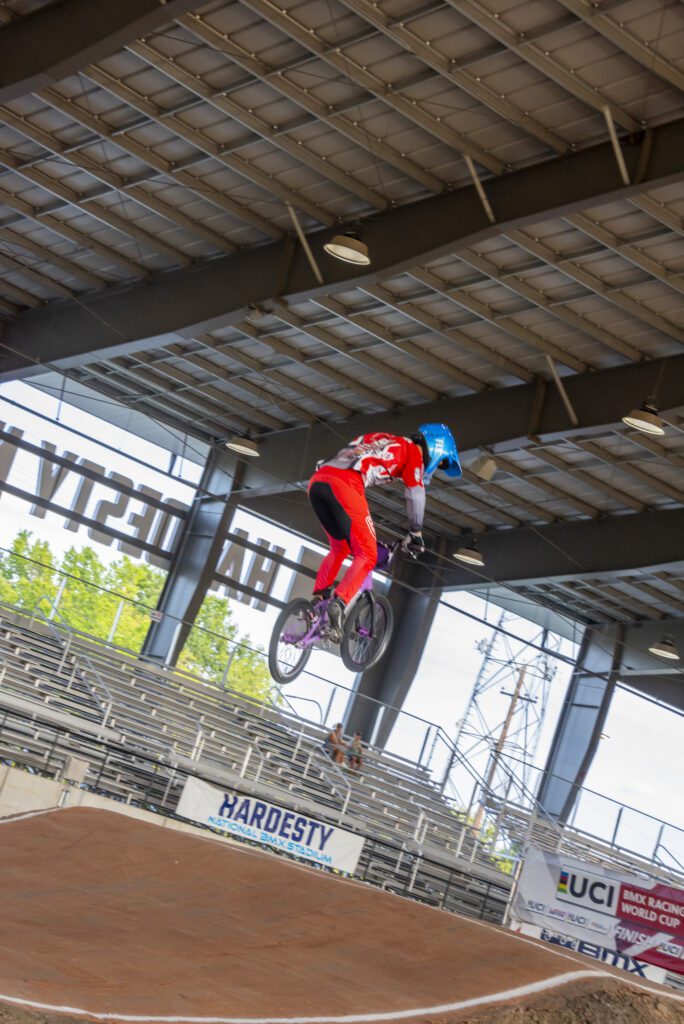
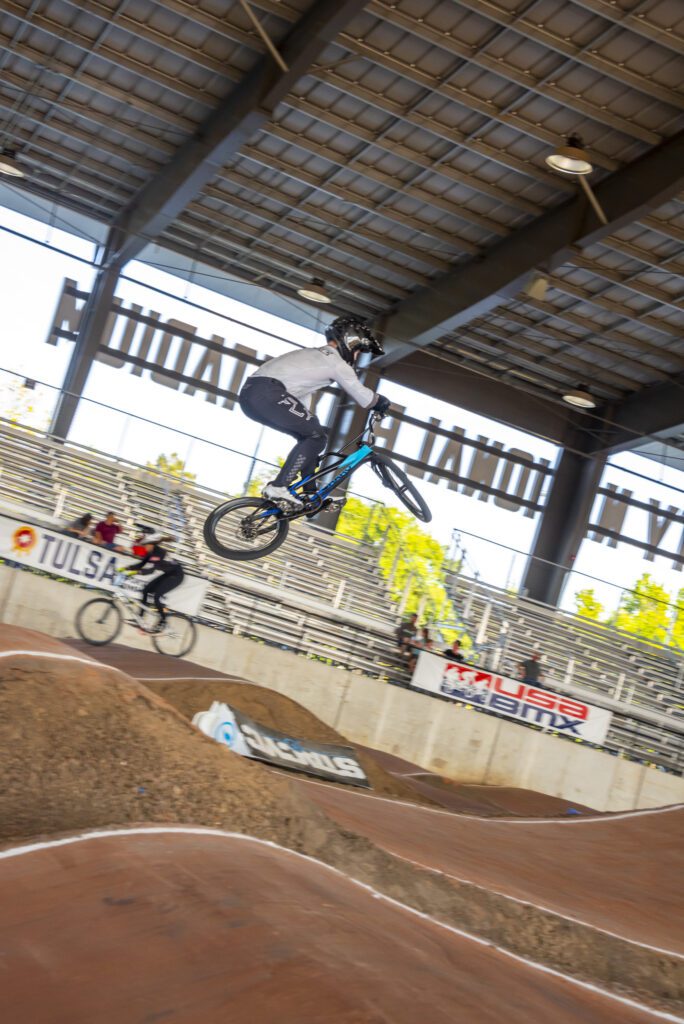
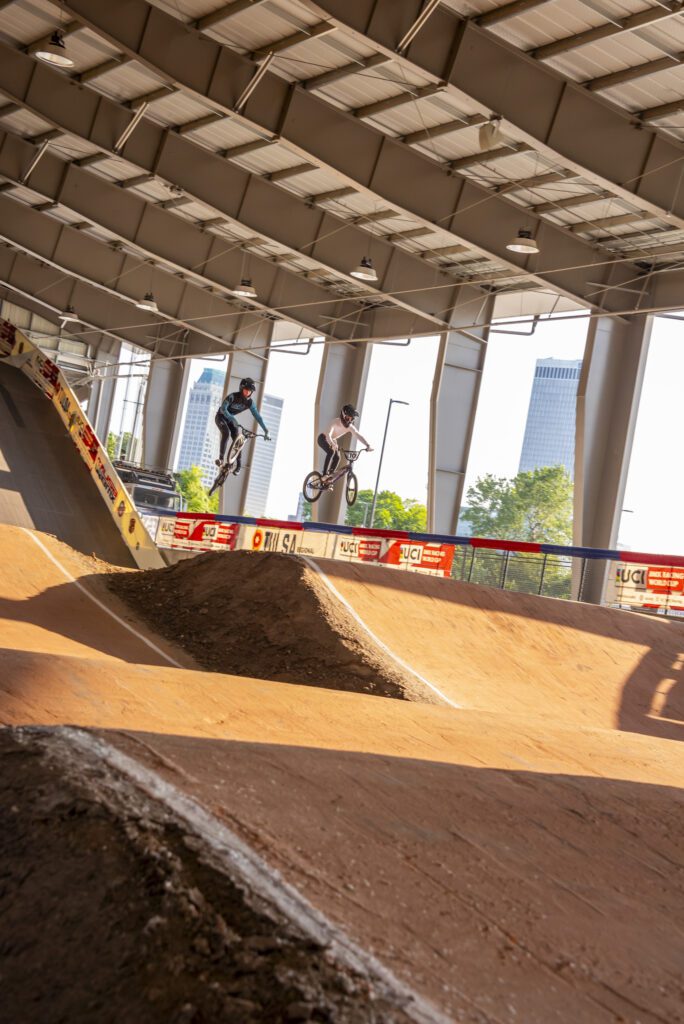
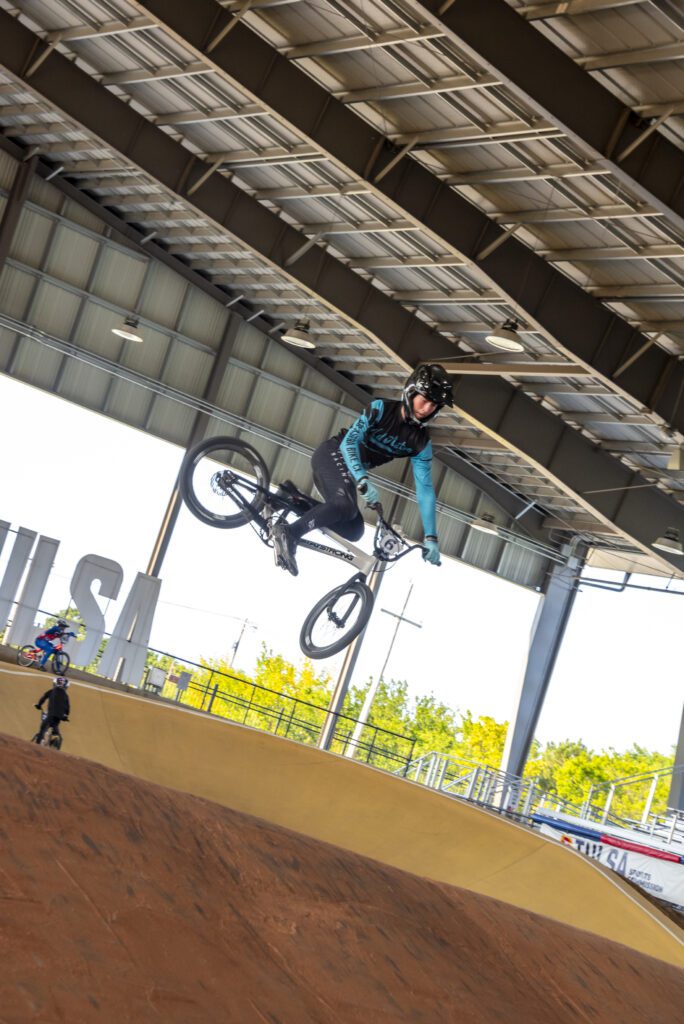
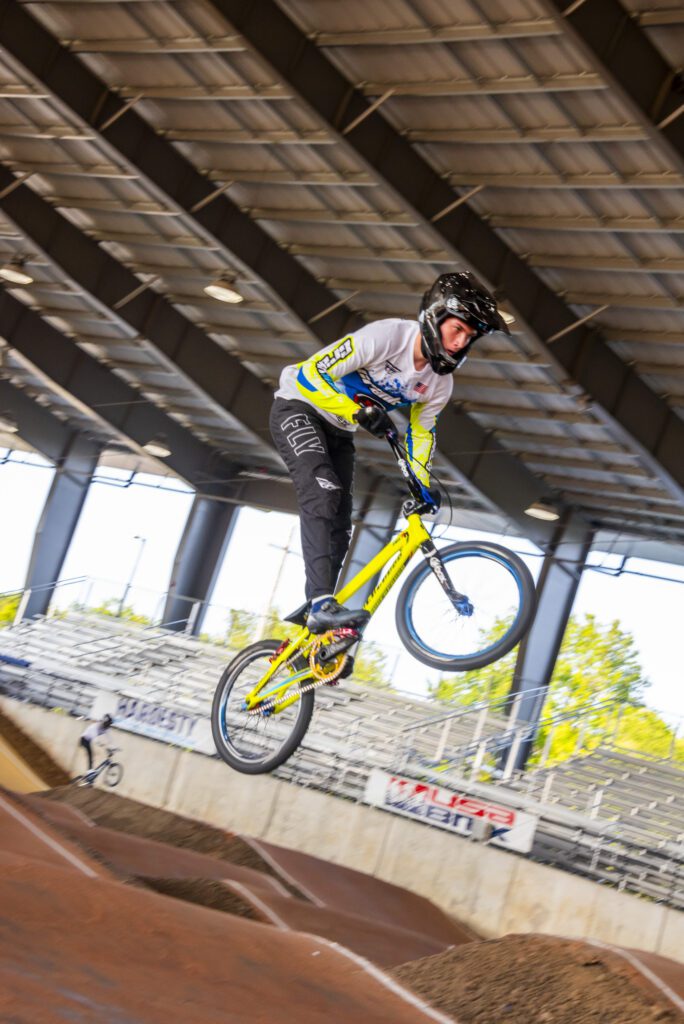

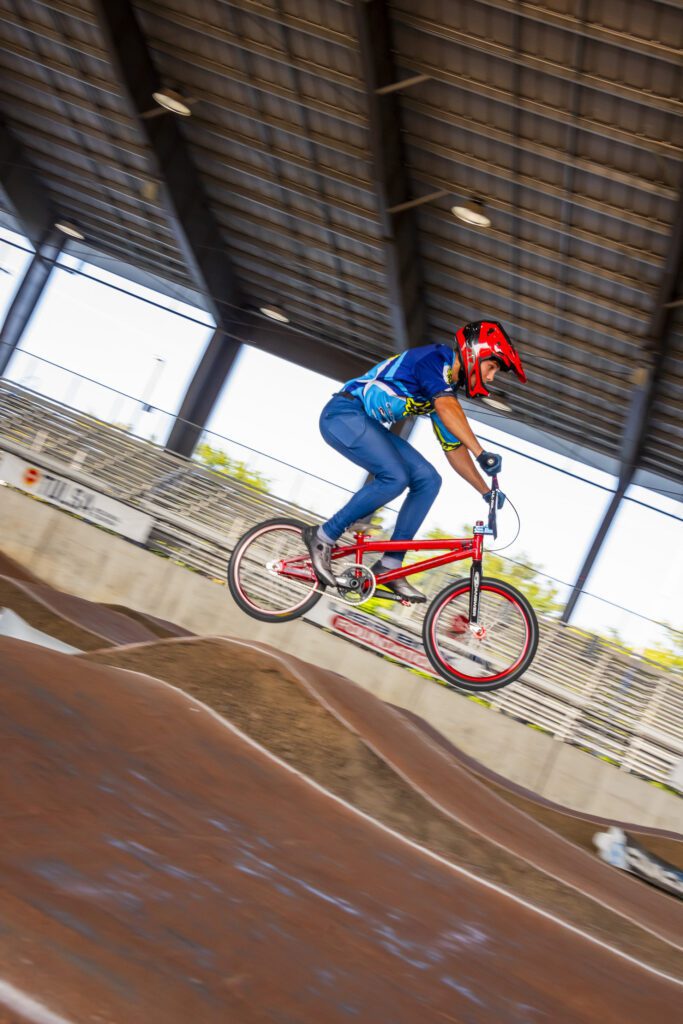
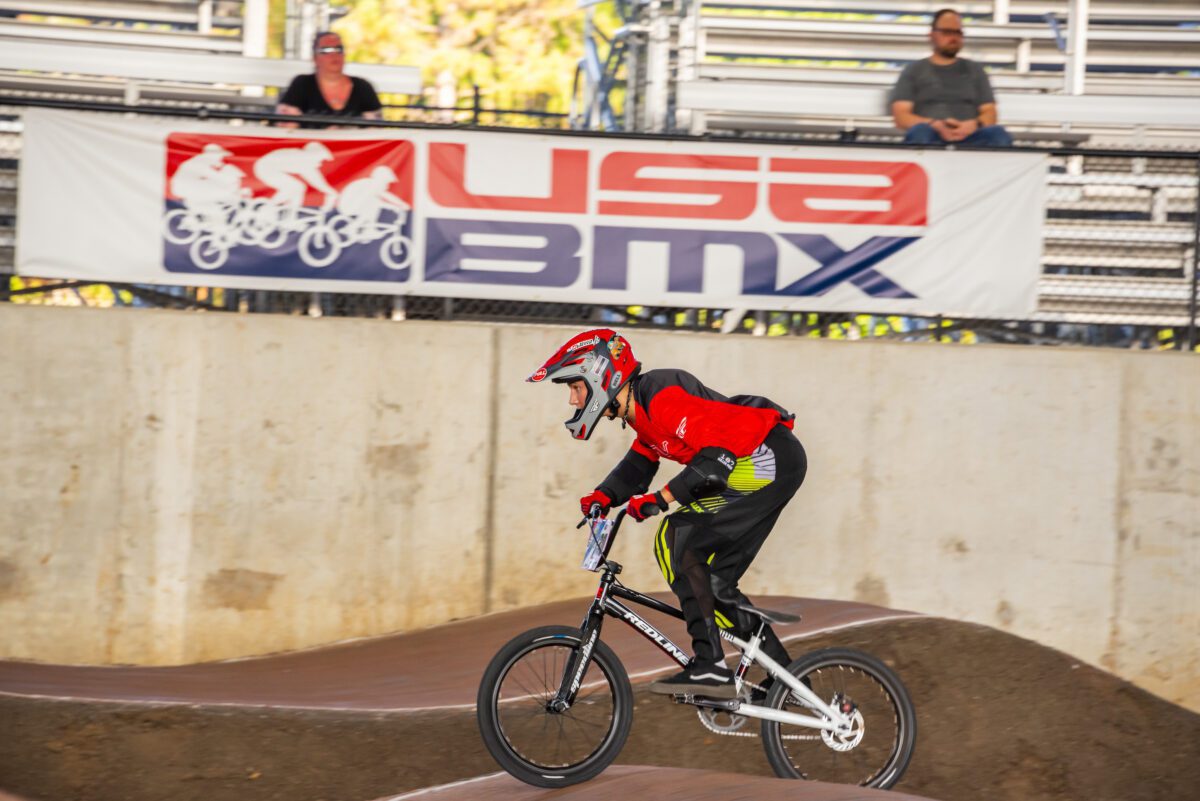
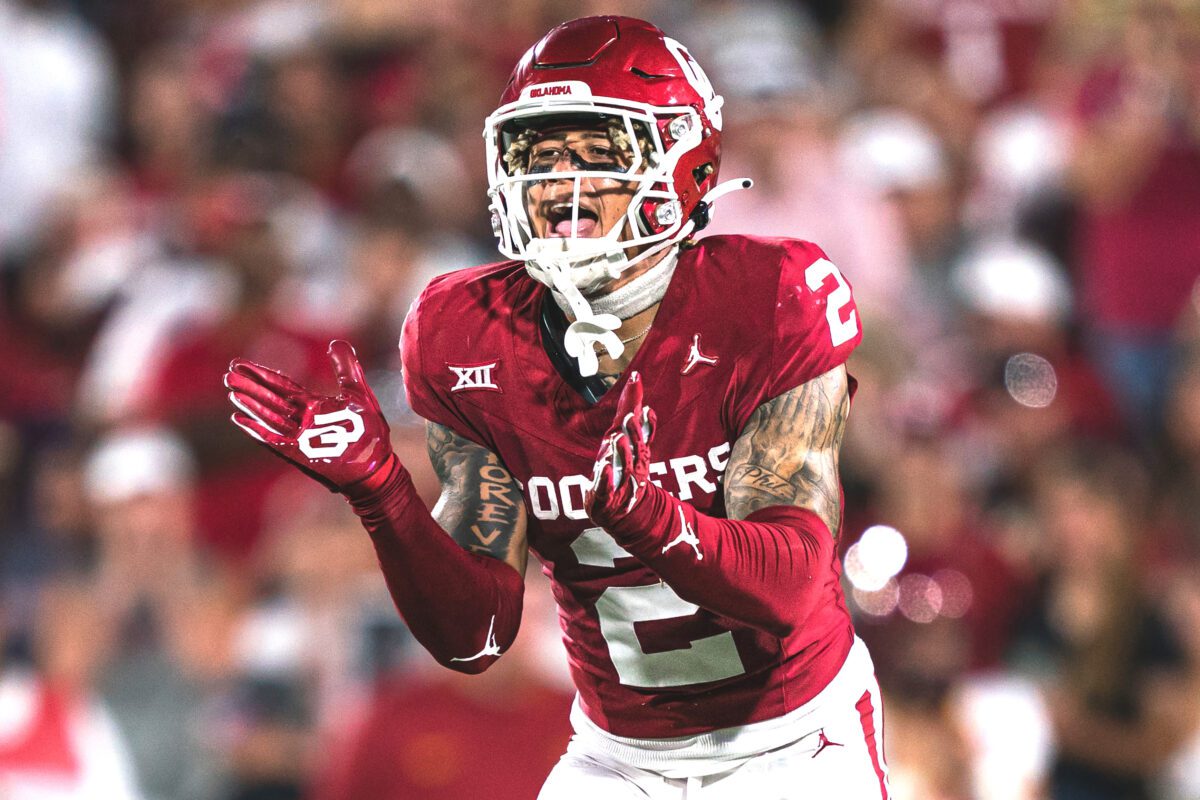
Oklahoma’s Tireless Teams
Oklahomans have a lot of teams to support – from semi-pro to pro in categories ranging from hockey and soccer to softball and basketball. Perhaps the most fervent fan base can be found on the national stage with NBA team the Oklahoma City Thunder.

In December of 2023, the Oklahoma City Council approved a development agreement to create a new $900 million arena in downtown Tulsa where the old Cox Convention Center once sat; this will keep the franchise in OKC through 2050.
And while the Thunder brings a major morale boost to Oklahomans, the team – and the construction of a new stadium – are huge economic drivers.
According to the Economic and Revenue Impacts of the Oklahoma City Arena Report by Applied Economics, the operations of the Paycom arena and the operations of the Oklahoma City Thunder support an annual economic impact of $513 million, directly and indirectly supporting close to 2,500 jobs and $273.8 million in annual labor income.
“With a total of about 472,900 non-local visitor days per year for basketball games and ticketed third-party events, the arena supports an estimated $45.5 million in annual visitor expenditures outside the arena for lodging, food, retail and local transportation, says the report. “The estimated economic impact of construction could total $1.3 billion, supporting over 10,000 jobs during the construction period.”
Commenting at the end-of-season press conference on the Thunder continuing to grow as a team, executive vice president and general manager Sam Presti said that the future is bright for the organization.

“We understand there’s no silver platters in Oklahoma City,” he said. “We’re going to have to take it. We’re going to have to improve. We’re going to have to scratch. We’re going to have to claw. We’re going to have to battle to get progress, especially in our conference, and our guys are fine with that.”
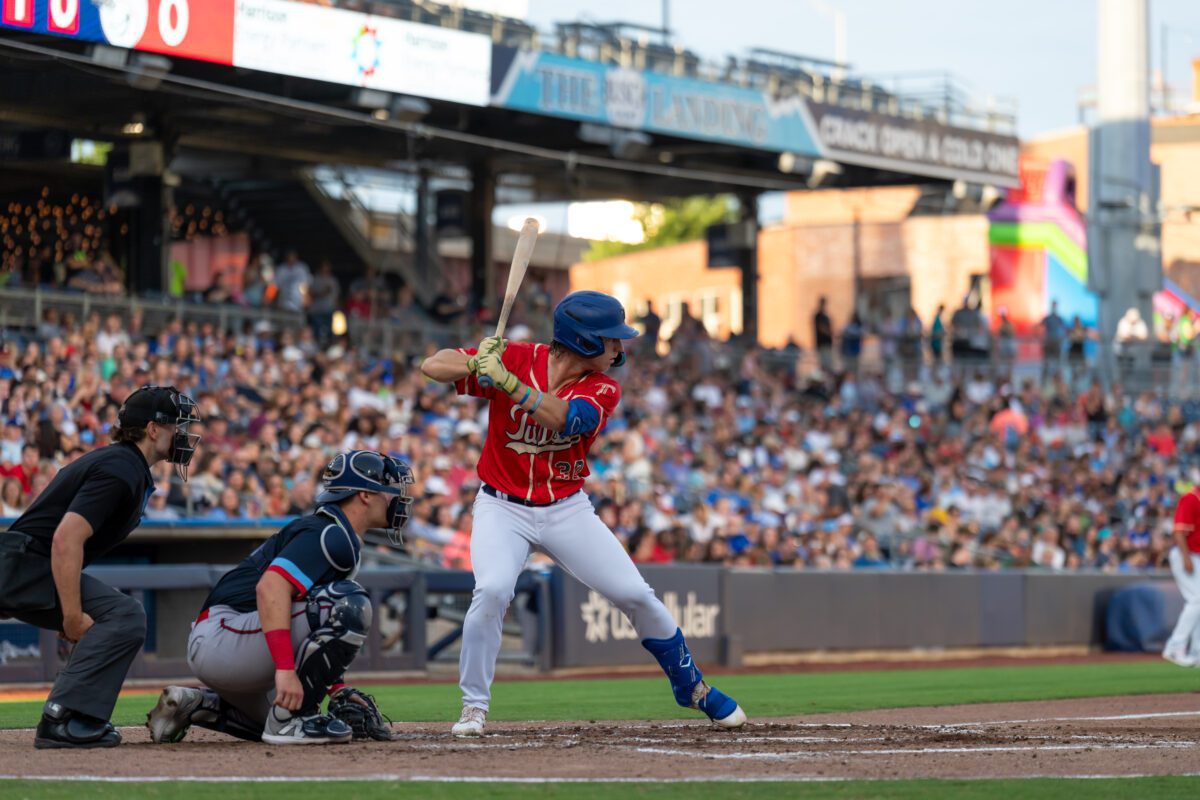
Another hardworking Oklahoma team that’s boosting the state’s economy is the Tulsa Drillers. Brian Carroll, the Drillers’ assistant general manager, says the team typically draws an average paid attendance each season of between 5,000 to 5,500 for their 69 home games at ONEOK Field.
“Since the Drillers moved to downtown Tulsa with the opening of ONEOK Field in 2010, the area around the ballpark has changed immensely,” he says. “So many new restaurants, bars, museums, galleries and office buildings have been constructed and opened in those 14 years, completely changing the landscape around the stadium. A baseball game can now include so much more than the game for Drillers fans. An outing might include a visit to the Bob Dylan Museum down the street, followed by a stop for dinner or drinks at a nearby restaurant before ever entering the stadium. After the game, many establishments are still open and might be visited, too.”
Athletic Trainers
If you want to get involved in the world of sports but don’t have the athletic skills it will take, there are other avenues to explore.
Athletic trainers, for example, are highly trained specialists involved in the day-to-day tasks and responsibilities of enhancing a player’s overall health and performance.

Robert Fulton, currently in his 21st year as OU Athletics’ Director of Athletic Medicine/Student-Athlete Health and Wellness, is involved in the matriculation of tomorrow’s trainers. The education, he says, is rigorous.
“An athletic trainer must graduate with a bachelor’s or master’s degree from an accredited athletic training education program and pass a certification exam administered by a board of certification,” he says. “Once certified, the athletic trainer must maintain licensure under the supervision and in collaboration with a physician, as allowed by their state medical practice act.”
Trainers, day-to-day, have a dynamic schedule.
“Athletic trainers are healthcare professionals responsible for managing a broad spectrum of injury and illness, including prevention, recognition, rehabilitation and return to play,” Fulton continues. “Day to day, our role is to serve as primary athletic health care providers, ensuring appropriate preparation and response to a wide range of needs. We are often first to arrive and last to leave a practice or a game. We collaborate with a network of providers and professionals to communicate with athletes, parents, coaches and administrators, ensuring an appropriate plan of care.”
Degrees to Consider
For those interested in entering the sports industry through an academic standpoint, there are plenty of avenues forward. In fact, Oklahoma colleges and universities offer a bevy of classes, certificates and degree programs focalizing on sports. These include:
- Sports management
- Sports media
- Sports marketing & revenue generation
- eSports
- Advanced sports medicine
- Sports communication
- Sports psychology
- Sports journalism
- Exercise physiology
- Occupational therapy
- Sports science
Jobs in sports can run the gamut, from journalists and agents to general managers, athletic directors, scouts, trainers, coaches, contract negotiators, marketing managers and nutritionists.
The Physical and Time Demands
No matter the sport – from football and basketball to golf, tennis or swimming – physical demands are intense for athletes. Coaches, players and trainers are always cognizant of the tolls on the body, and work to take care of and repair their bodies after practices and games.
“For baseball today, the biggest injury concern involves shoulder and elbow injuries for pitchers,” says Carroll. “Many professional pitchers now routinely throw 95-100 miles per hour – where 20 years ago, there were only a handful of pitchers reaching those speeds. The strain on the shoulder and elbow has become an even bigger concern for athletic trainers and strength and conditioning coaches.”
OU’s Fulton agrees that the physical demands are great, but education and awareness are also greatly improved as they compare to prior decades.
“Many athletes today are more aware of the physical and mental demands of sport, and recognition is the first step toward action,” says Fulton. “Now more than ever, preparation and recovery from such demands allow for some to separate from others. Resources for educating and addressing healthy habits such as sleep, diet, movement, strength and regeneration are all gaining popularity. Athletes are motivated by development and success. To each, recognizing the value of good habits and science-based practices drives the motivation for development and excellence.”
Alongside the physical demands of the job, the time requirements are hefty.
“Baseball is unique among other professional sports because of the number of games that are played,” says Carroll. “In the majors, there are 162 games each season, while with our team, we play 138 games in a season. Basically, from the first of April through the middle of September, the Drillers play every day – with the exception of Mondays almost always being an off day. For professional baseball players at all levels, the sport of baseball goes on all year despite games ending in the fall for most teams.
“Players today are putting in more hours than ever,” he continues. “For Drillers players, their day begins with arrival at the ballpark around 1 p.m. for a 7 p.m. game. Everything from cardio, to stretching and mobilization drills, to weightlifting take place during the afternoons prior to games, with the activities switching from day-to-day. After that, it is batting practice and drills as well as fielding work for position players and individual, specific drills for pitchers. Most of the same drills are continued on a near daily basis in the off-season.”
Discipline and structure are noted as key elements for every major athlete, says Matt Tumbleson, vice president of basketball communications and engagement at the Oklahoma City Thunder.
“The schedule for professional athletes is structured in order to help prepare the individuals for high performance,” he says. “A typical day in OKC will see a player arrive at the facility between 8:30 and 9 a.m. for an 11 a.m. practice. During those two hours, players are on a schedule that is prepared by the performance team that will see them do pre-practice court work, lifting, meeting with assistant coaches, eating breakfast and getting pre-practice treatment. Practice will typically last from 11 a.m. to 12:30 or 1 p.m. Following practice, depending on their individual plans, players will do more shooting, some will do post practice lifting, and some will do meetings with coaches and post-practice treatments.”
Photo credit for header image: In Oklahoma City, Riversport is a designated U.S. Olympic and Paralympic Training Site for a variety of water sports. Pictured here are Olympic trials for the kayak cross. Photo by Georgia Read courtesy Riversport























